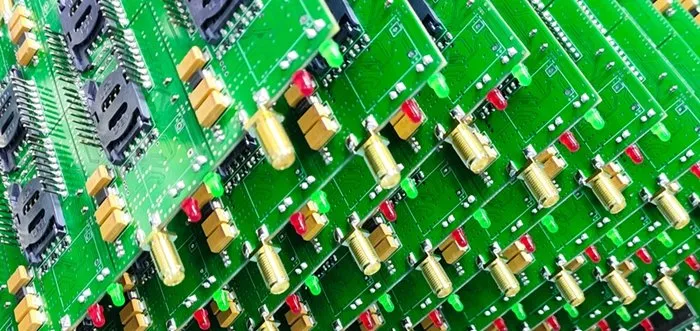The world of electronics thrives on the complexities and precision of printed circuit board assembly (PCB assembly). In the detailed patterns and careful constructions lie the potent electronic elements that turn contemporary gadgets into tangible experiences. PCB assembly is not just a process; it's an art where every soldered joint and placed component holds significance.

At the core of electronics, printed circuit boards (PCBs) serve as the foundation upon which components such as resistors, capacitors, and microchips are mounted. It’s the PCB’s job to provide the electrical connections between these components, forming a functional electronic circuit.
Each PCB houses a multitude of electronic components. Their purpose ranges from current regulation, computation, or simply interfacing with other system parts. A board could be packed with resistors, capacitors, diodes, or more complex integrated circuits, each playing an integral role.
The process of creating these assemblies involves several critical techniques and stages. Understanding each is essential for anyone looking to dive into the field of electronics manufacturing or simply curious about how their electronic devices come to life.
Surface mount technology has revolutionized PCB assembly. With SMT, components are placed directly onto the surface of a board, allowing for more complicated circuits to be produced more efficiently compared to older methods.
While SMT represents the modern approach, through-hole technology is still used for components that must endure physical stress or require strong connections. Here, components are mounted by inserting leads into holes and then soldering to pads on the opposite side.
Selective soldering is a specialized process tailored for situations that require soldering components that are hard to reach or need a delicate application of heat. This technique is critical for preventing heat damage that could otherwise impair the quality and functionality of the circuit board and its elements.
By focusing on specific areas, selective soldering accurately targets the parts in need while shielding surrounding components from the potential risks of high temperatures. This precise and controlled approach maintains the board's integrity. It ensures that each component is undamaged and fully operational following the soldering process.
Reflow soldering is a critical stage in the Surface Mount Technology assembly process. It includes many important steps that require careful attention to detail and precision. Each step must be executed with great finesse, as they contribute to the high-quality standards of the final product.
In the beginning step of assembling an electronic circuit board, a special substance known as solder paste is carefully placed onto the board, but only in the exact spots where the electronic components are intended to be positioned. This solder paste is essentially a combination of two important materials, which are flux and solder powder. The role of this paste is extremely vital because it acts like an adhesive that keeps the components in place.
Once you've carefully applied the solder paste to the necessary areas, a specialized machine takes over, executing its task with precision. It's designed to pick up surface-mounted technology (SMT) components and set them down onto their specific spots—those tiny pads that have been prepped with paste.
After all the different parts have been accurately positioned, the entire assembly, that is, the board with its freshly placed components, is methodically transported into a specialized piece of equipment known as a reflow oven. Inside this oven, regulated heat is applied, melting the solder paste, forming strong metallic bonds between components and the board.
In the process of assembling printed circuit boards, there are a variety of additional techniques that are essential for constructing specific kinds of boards.
Wave soldering is mainly used for through-hole components and involves passing a PCB over a pan of molten solder to create necessary joints.
The AOI system uses cameras to inspect the solder joints, verifying the quality of the assembly process.
ISO 9001:2015 Certification Explained
The ISO 9001:2015 standard is about consistent quality maintenance. PCB assembly services with this certification meet rigorous quality management principles.
The final quality assurance step involves functional testing, simulating the PCB's operating environment to ensure it meets all operational requirements.
It is crucial to select a PCB assembly provider that possesses technical capabilities and adheres to stringent quality standards.
Technology advancements will make the PCB assembly process even more refined, looking toward increased efficiency, cost reduction, and reliability.
Surface Mount Technology (SMT) refers to affixing electronic components directly onto the PCB. It enables smaller, more efficient designs and streamlines the manufacturing process.
The certification ensures a PCB assembly provider adheres to a quality management system focused on improvement and customer satisfaction.
Yes, PCBs can incorporate both SMT and through-hole components, utilizing the strengths of both technologies.
Reflow soldering is used to melt solder paste in SMT, creating strong bonds between the components and the PCB.
AOI systems visually inspect solder joints, ensuring that the PCB assembly adheres to quality standards.